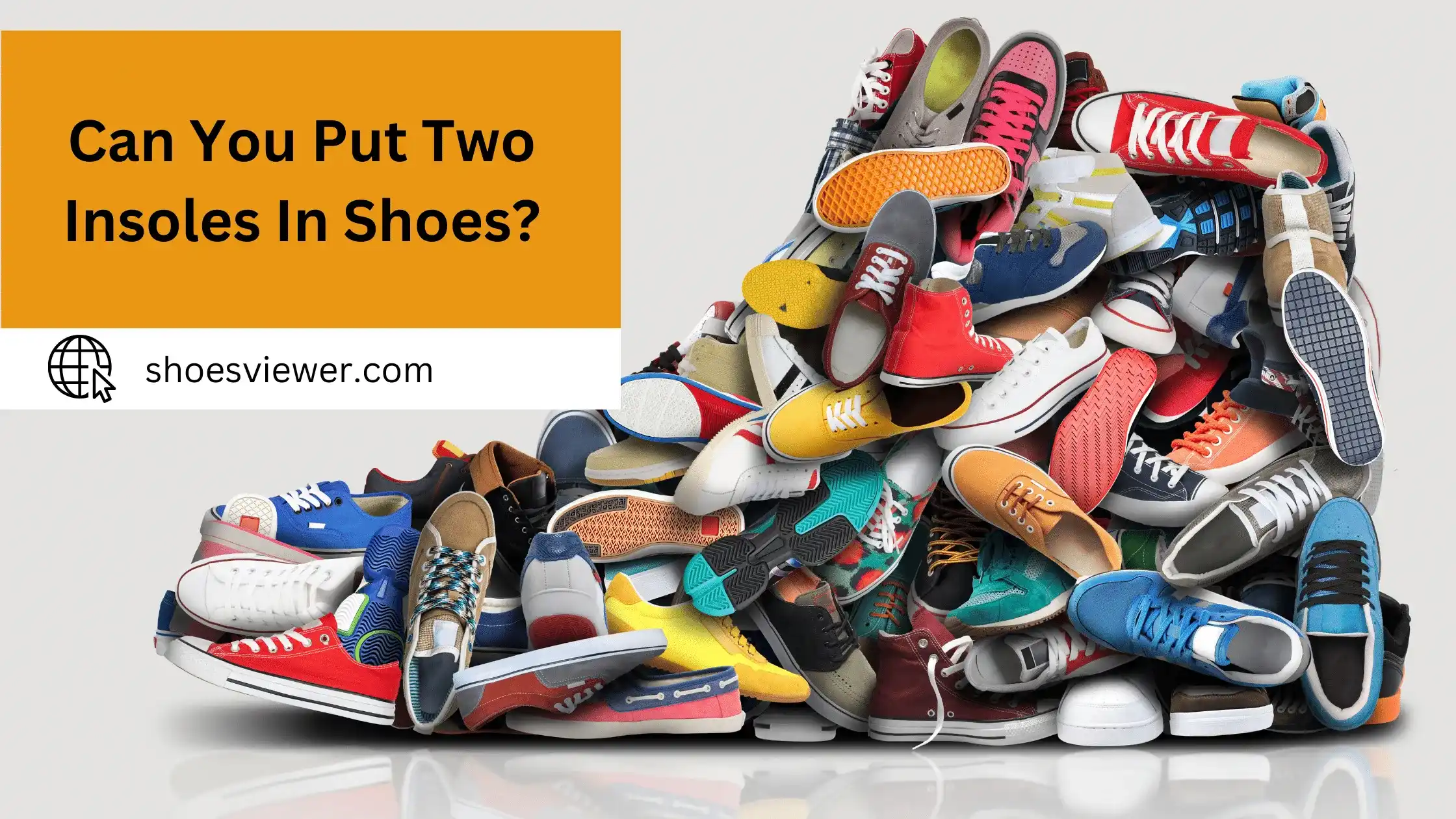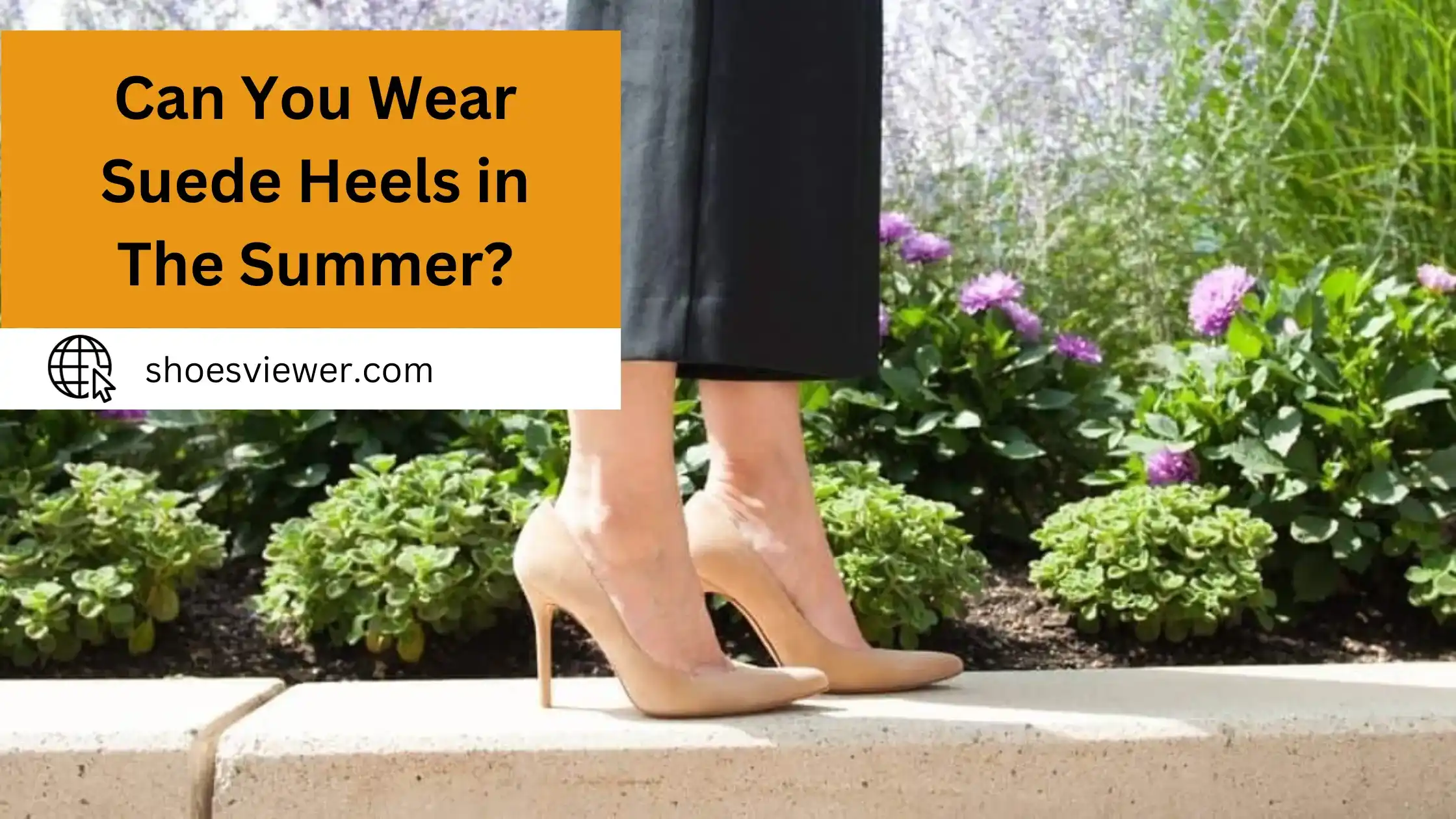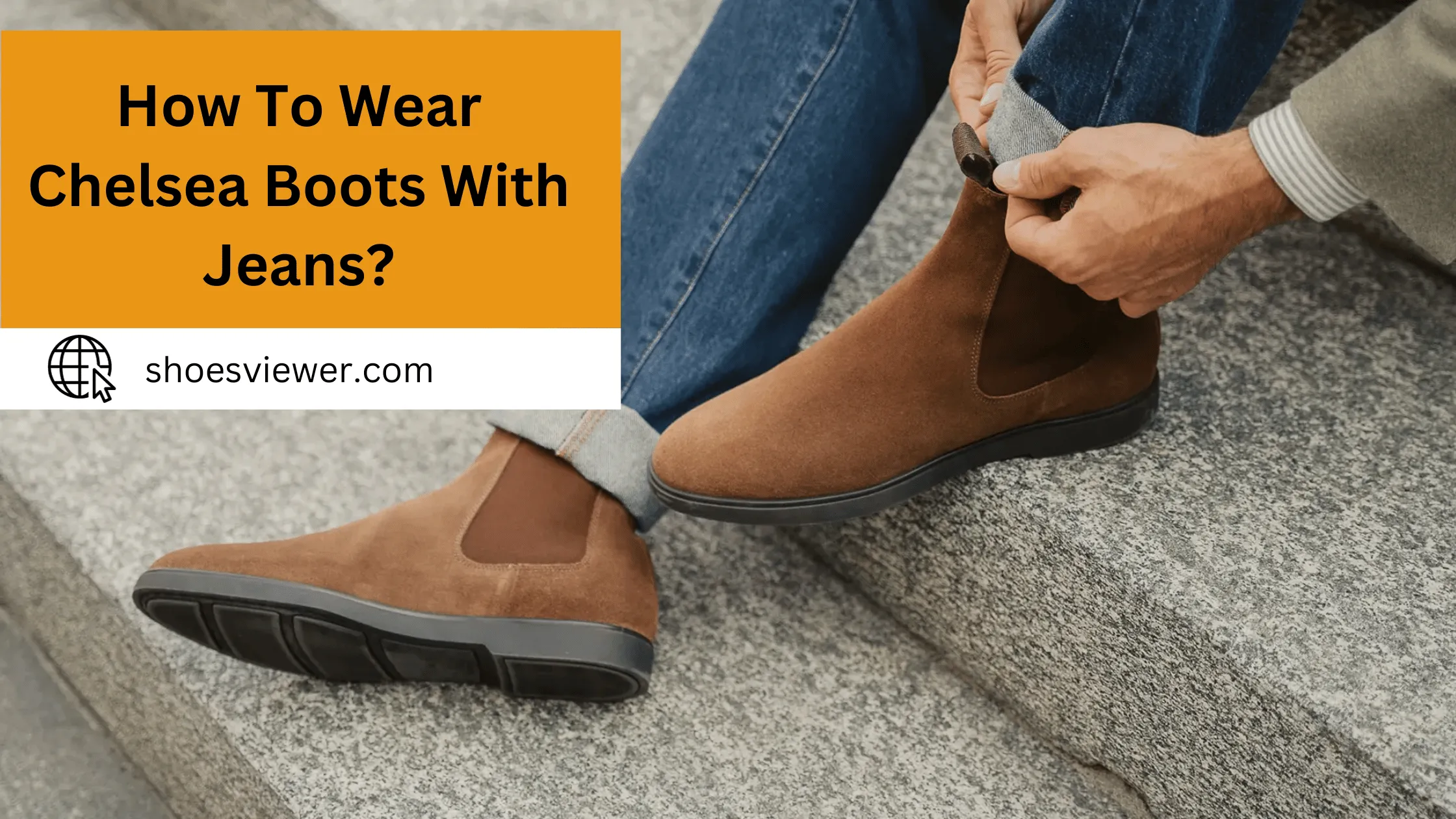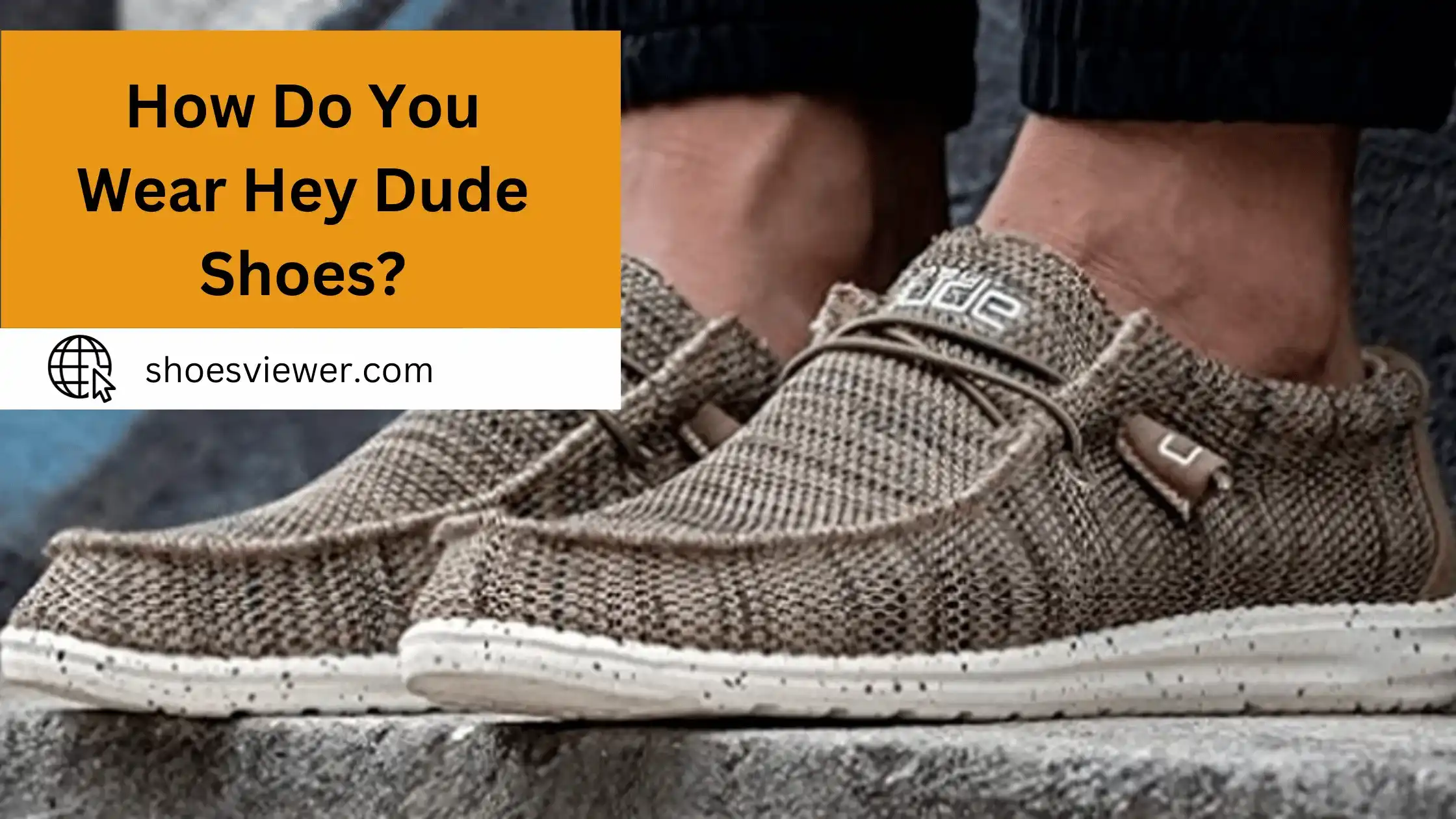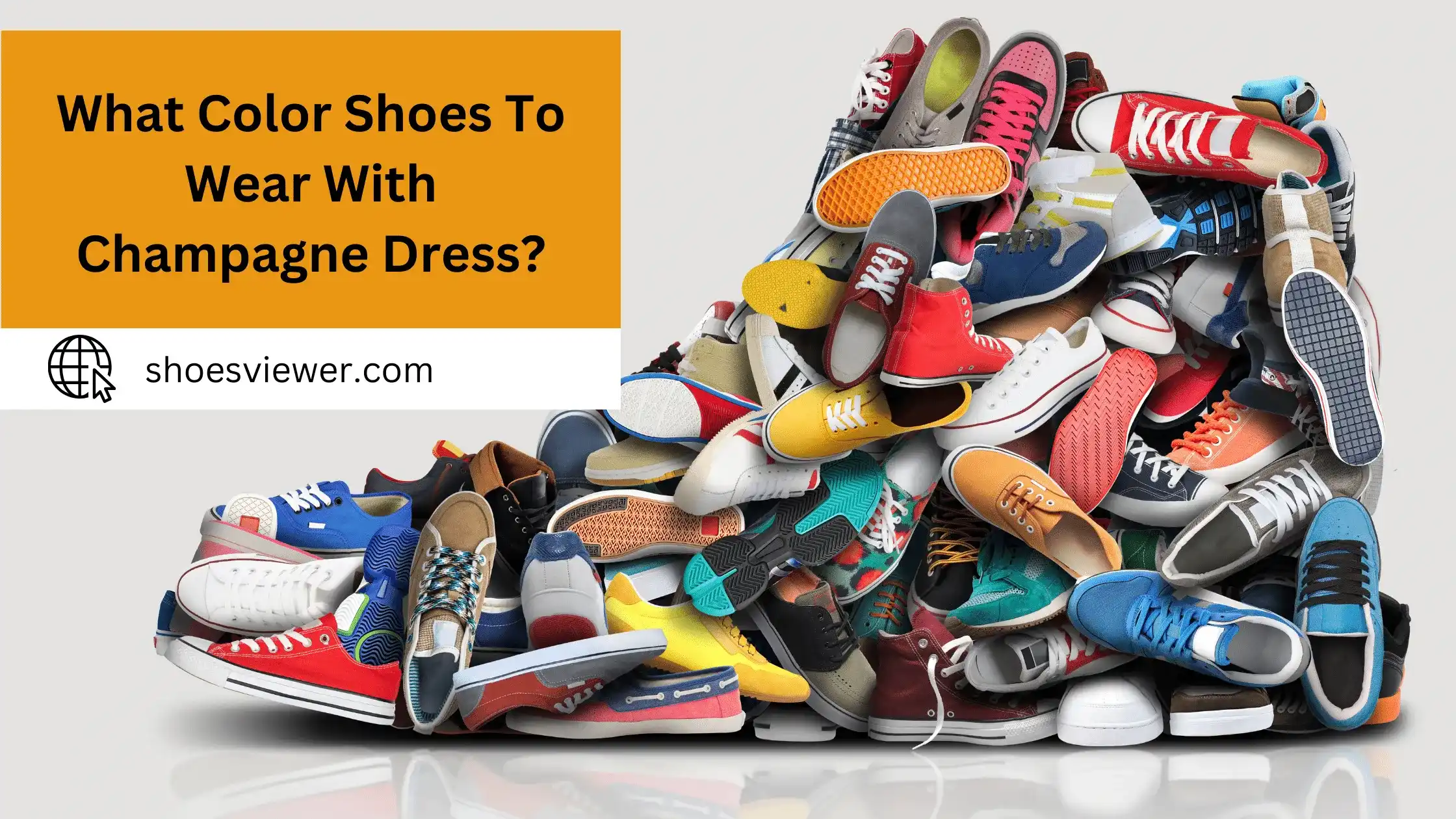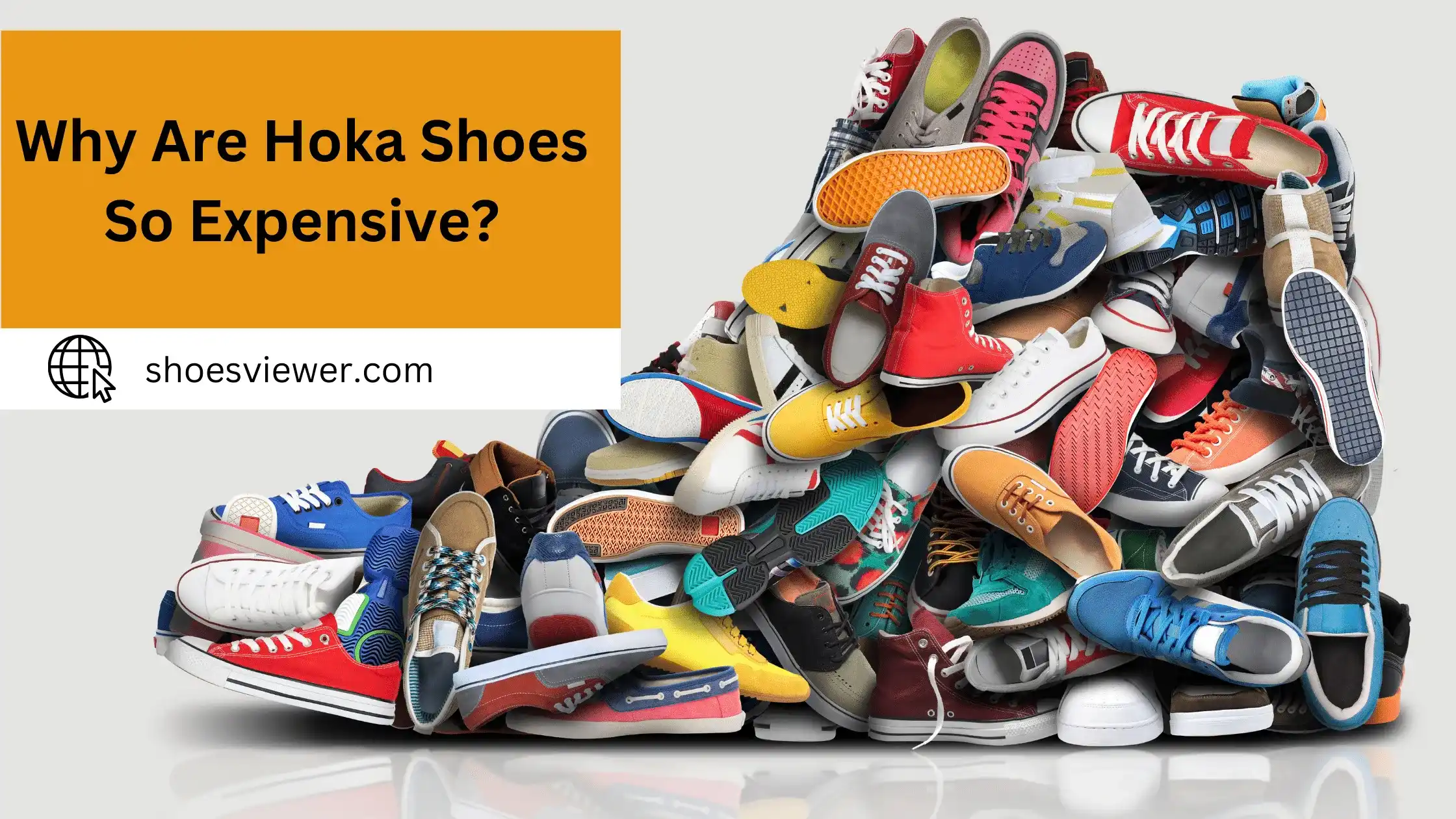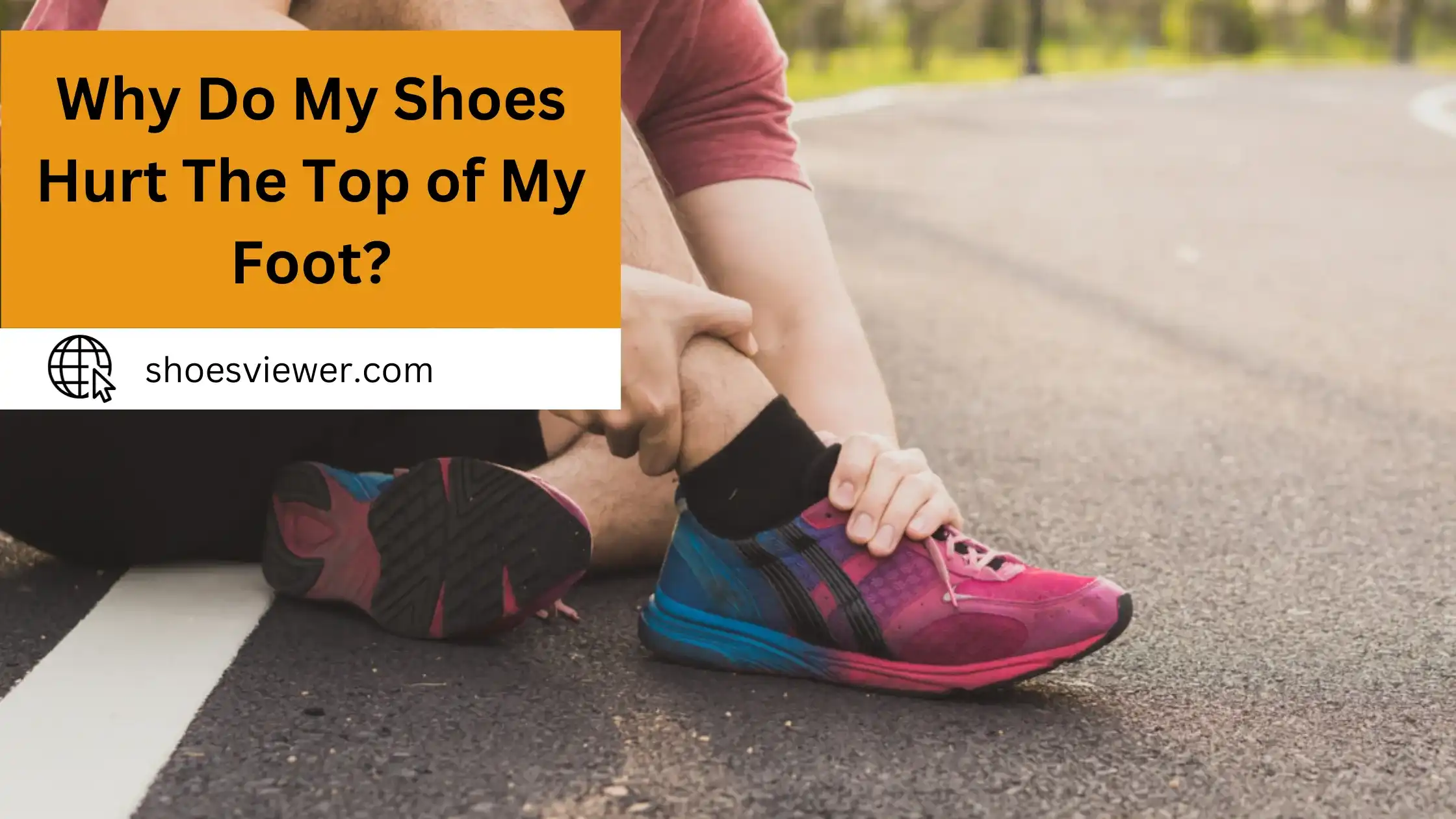Whether you have a favorite pair of shoes that are so comfortable, you never want to take them off, or if you’re looking for an easy way to improve the arch support and cushioning details like sweat-wicking features, mileage responsiveness, or shock absorption, adding insoles to your current shoes may be the solution.
We are here to find out if combining comfort with high-performance features is possible without sacrificing one over another. Here, we dive deep into the essential questions about double insoles and how their combined use affects shoe fits and performance. Insoles, also known as foot beds or inner soles, play a vital role in providing comfort, support, and alignment for the feet.
Well, Yes, you can put two insoles in shoes, but there are several considerations and factors to be aware of:
1. Shoe Volume:
Most shoes are designed to accommodate one insole or sock liner. Adding a second insole might cause the shoe to become too tight, especially in the toe box and across the top of the foot. Ensure your shoes have enough depth and volume.
2. Purpose:
Additional Cushioning:
Some people add a second insole for extra cushioning, especially in shoes that have lost some of their original padding.
Height Boost:
Some add insole to increase height subtly.
Addressing Foot Conditions:
Occasionally, two specialized insoles might be layered to address specific foot conditions or alignment issues.
3. Fit And Comfort:
When adding a second insole, ensure it doesn’t create pressure points or cause blisters. The shoe should still fit securely without the foot sliding or the heel slipping out.
4. Alignment And Posture:
Layering insoles can impact foot alignment and overall posture. It’s essential to ensure that the combination of insoles doesn’t cause misalignment, potentially leading to pain or discomfort in the feet, ankles, knees, or even the back.
5. Insole Thickness:
Thin insoles or ¾- ¾-length insoles are more suitable for layering since they take up less volume inside the shoe.
6. Adhesive:
If you decide to layer insoles, consider using a light adhesive or double-sided tape to keep them from shifting within the shoe.
In summary, while using two insoles in a shoe is possible, it’s crucial to consider the shoe’s fit, the purpose of the additional insole, and potential effects on foot health and alignment.
Exploring Different Types of Insoles:
They can be essential for athletes, people with specific foot conditions, or anyone seeking extra comfort during daily activities. Here’s a deeper dive into the different types of insoles:
1. Comfort Insoles:
Purpose:
Primarily designed to provide additional cushioning and shock absorption.
Material:
Often made from gel, foam, or a combination.
Suitability:
Ideal for those who stand for long periods or face discomfort from shoes with hard insoles.
2. Supportive Insoles:
Purpose:
Designed to provide structural support and improve foot posture.
Material:
Typically made of more rigid materials like hard foam or plastic.
Suitability:
Beneficial for individuals with specific structural foot issues such as flat feet or high arches.
3. Gel Insoles:
Purpose:
To provide shock absorption and reduce pressure points.
Material:
Gel or a gel-foam combination.
Suitability:
Often preferred by athletes or individuals involved in high-impact activities.
4. Orthotic Insoles (Custom and Over-the-counter):
Purpose:
To address specific foot issues, improve foot function, and alleviate pain.
Material:
A combination of materials, often with a firmer base and cushioned top layer.
Suitability:
People with chronic foot issues, misalignments, or conditions like plantar fasciitis.
5. Arch Supports:
Purpose:
Specifically designed to support the foot’s arch.
Material:
The material can range from foam to plastic, depending on the required support level.
Suitability:
Individuals with flat feet, high arches, or those who experience arch pain.
When Might Two Insoles Be Beneficial?
There are specific scenarios where utilizing two insoles in shoes might be advantageous. For instance, some individuals seek a subtle height boost without resorting to shoes with elevated heels; layering insoles can fulfill this need in such cases.
Moreover, people with particular foot conditions might find it beneficial to combine two specialized insoles, each addressing a unique aspect of their condition. This layered approach can offer a customized solution that a single insole might not provide.
However, while these situations present valid reasons for considering two insoles, it’s always essential to weigh the benefits against potential drawbacks and to ensure the combination provides optimal foot health and comfort.
Potential Risks And Downsides of Using Two Insoles:
While using two insoles might offer specific benefits, it’s crucial to be aware of the potential risks and downsides associated with this practice:
1. Limited Shoe Space:
The most immediate concern is the reduced internal volume of the shoe. Adding an extra insole can make the shoe tighter, particularly in the toe box and across the top of the foot. This can result in increased pressure on the foot, leading to discomfort, blisters, or even toenail issues.
2. Foot Misalignment:
Doubling up on insoles can inadvertently alter the alignment of the foot within the shoe. This misalignment can propagate up the kinetic chain, potentially causing discomfort or issues in the ankles, knees, hips, or lower back.
3. Decreased Shoe Performance:
The shoe’s design considers a specific foot position relative to the ground for performance footwear, such as running or athletic shoes. Adding another insole can compromise this design, potentially affecting performance or increasing injury risk.
4. Increased Moisture And Heat:
Two insoles can trap more heat and moisture than a single one, creating a less breathable environment for the foot. This can increase perspiration, resulting in foot odor, fungal infections, or skin maceration.
5. Short-term Comfort vs. Long-term Health:
While the immediate comfort might be felt with a second insole, it’s essential to consider the long-term implications for foot health. Temporary relief might lead to long-term foot issues if not appropriately addressed.
Professional Insights: What Podiatrists Say About Two Insoles?
From the perspective of podiatrists and foot care specialists, using two insoles in one shoe isn’t a standard or common recommendation. While there may be unique cases where such an approach is beneficial, layering insoles can generally introduce more potential complications than benefits.
The human foot, with its intricate balance of bones, tendons, and muscles, operates within a delicate biomechanical framework. Adding an extra insole can disrupt this balance, potentially altering the natural positioning and mechanics of the foot.
Hence, consulting with a podiatrist or foot specialist is always the best action if someone is contemplating using two insoles, especially for medical or biomechanical reasons. The aim is to prioritize long-term foot health over temporary comfort solutions.
How To Choose The Right Insoles for Your Shoes?
Choosing the right shoe insoles can significantly improve your comfort and foot health.
- Determine whether you need support, cushioning, correction, or a combination.
- The insole suitable for athletic shoes might be better for formal shoes. Ensure compatibility.
- Different materials (gel, foam, cork) offer varying levels of support and cushioning.
- For specific foot conditions, consult a podiatrist or foot specialist for recommendations.
Maintaining And Replacing Your Insoles:
- Many insoles can be removed and cleaned gently with mild soap and water. This helps in reducing odor and prolonging their lifespan.
- If insoles get wet, let them air dry. Avoid direct heat sources like heaters or hair dryers.
- Check for signs of wear, like thinning areas or loss of shape. This indicates they might not provide the support or cushioning they once did.
- On average, insoles should be replaced every 6-12 months, depending on wear and tear. High-quality orthotic insoles might last longer, but it’s crucial to replace them when they no longer offer the desired comfort or support.
By following these practical tips and guidelines, one can ensure they make the most out of their insoles and maintain optimal foot health.
Conclusion:
Ultimately, what’s best for your shoes and feet is up to you. If the extra support and cushioning of two insoles feel like a good fit, try that option. If not, experiment with other options, such as different types of shoes or even orthotic inserts. It is essential to keep in mind that having an excess of padding is not always better. Too much cushioning can strain the muscles in your feet as they have less load-bearing ability. Remember also that most shoes are designed to be used with either one insole or none at all, so be sure to find out how much cushioning works best for your needs before considering adding two insoles.
